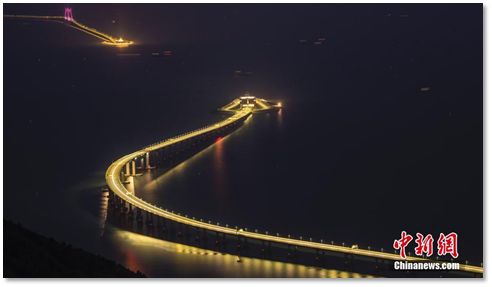Little Bits
Shanghai Sansi Electronic Engineering (pvt), a Chinese LED lighting producer has officially announced its CoC (Chip on Ceramic) its next generation ceramic streetlight series. The lights have been certified in China to have a 100,000 hour lifespan (26 years at 10 – 11 hours/day or 11.4 years at 24/7). Typically LEDs are mounted on a PCB which is attached to an aluminum heatsink with thermally conductive adhesive. The Sansi concept is to mount the LED directly to a ceramic heatsink with no PCB, which accounts for their long life expectancy. And 67.4% energy savings over standard HID (High-intensity discharge) and HPS (High Pressure Sodium) lamps that are commonly used. What makes this more interesting than the usual LED promo is that Sansi details the development process for this product (CoC). Here’s what they noted, which is an indication that not all Chinese products are ‘garbage’ as has been recently stated by the current administration. The lights are being used in a number of projects in China, particularly the Hong Kong-Zinhai Bridge that connects Hong Kong and Macao. The bridge is 34.18 miles long with an undersea tunnel gap of 4.1 miles connected both ends to maintain open shipping lanes.
- 106+ Ceramic Structural Designs
- 496+ Material Formula Refinements
- 2117+ Firing Process Trials
- 10,825 Optical Simulations
- 41,344 Performance Tests


















 RSS Feed
RSS Feed